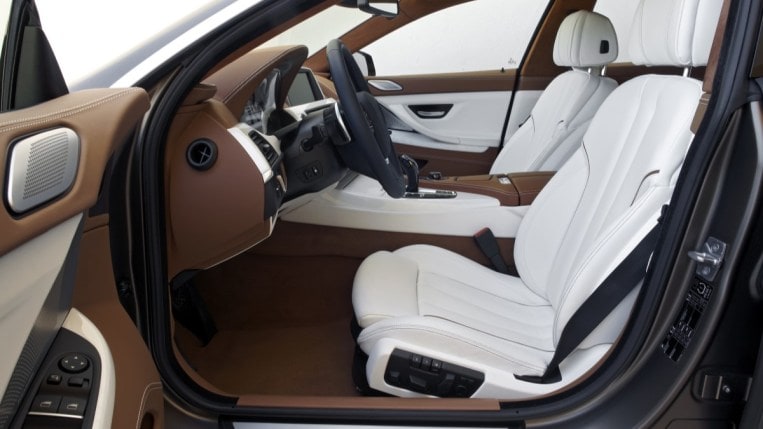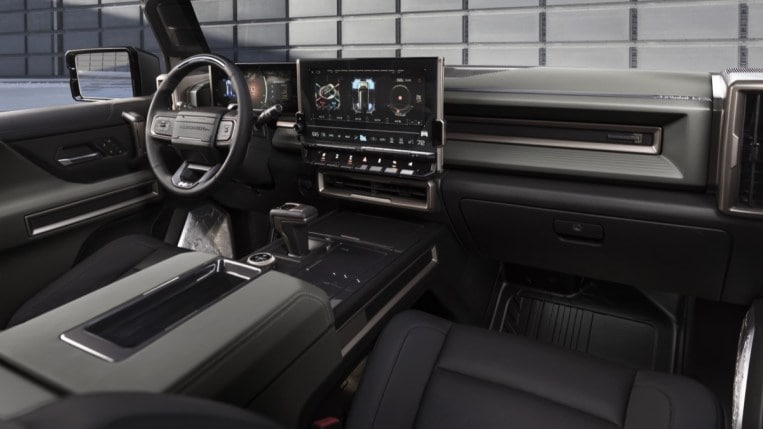
“Want Heated Seats in Your BMW? There’s a Monthly Fee for That.”
“BMW Starts Selling Heated Seat Subscriptions for $18 a Month.”
Heated steering wheel? $10 a month, please.
Adaptive headlights? Another $10 subscription.
That’s (roughly) the deal BMW is offering buyers in South Korea, Germany, South Africa, the UK, and perhaps a few other countries. The company is tight-lipped about exactly when and where the subscription fees started. But many of those headlines imply that’s happening here. So, let’s be clear: BMW is not charging American buyers subscription fees for car features.
But it’s worth reporting because it probably will come here — and it probably won’t just be BMW that brings it.
How It Works
The idea is simple: Automakers could charge monthly fees for some car features. As cars today are rolling internet connections, automakers could build them so some features can be activated and deactivated remotely.
They could then charge a monthly fee to use them, while also giving buyers the option of buying them upfront (as BMW has done in some markets).
The system could apply to entertainment and comfort features at first. Some buyers might want to turn on their heated seats only a few months a year, for instance.
A few of us already pay a monthly fee for in-car Wi-Fi or a telematics service like GM’s OnStar.
But the widespread adoption of electric cars opens up new possibilities. Electric motors can have their power dialed up or down with software. Last year, Volkswagen unveiled a concept car (read: a thought experiment they don’t plan to build) that made additional horsepower available, temporarily, for a fee.

The first sketch of the Volkswagen Trinity project shows a flat, sporty sedan.
VW executives, at the time, mused about charging for a self-driving service. They noted that they’d have to keep the price for long drives slightly cheaper than train or plane tickets to the same destinations to make it work.
Many Automakers Are Talking About It
All of Twitter is currently dragging BMW for the idea. But Audi has already tried it with advanced headlights in Germany and Norway. A Hyundai strategic planning document revealed in 2020 said the Korean company planned to test the idea.
And here at home, GM last year said it could add 50 “value-added products and services” to its cars by 2026.
Why They Want To Do It
We’re keeping our cars longer than ever before. Today’s cars are more reliable than ever (though cars built last year may be an exception). The average age of cars on America’s roads is now 12.2 years.
Because we rarely purchase new cars, automakers are looking for ways to make money from us between car purchases.
The system could also save them lots of money. Today, automakers must build cars in dozens of different configurations. Some buyers want a bare-bones cheap model. Others want every option. Buyers in colder states want heated steering wheels. Buyers in southern states don’t care about them.
That means extra time and effort at the factory to retool the lines for different trim levels and options packages.
Automakers, however, see a future in which they don’t have to bother. They can build every car with every available option and switch them on and off at the dealership to suit buyers. That saves time and effort and brings new economies of scale to manufacturing.
It would also let automakers make money on used cars. Shoppers could buy a 10-year-old Kia for a fixed price, but they’d have to subscribe to features just like the prior owner did.
The Problem? Shoppers Don’t Want This
If the idea saves automakers money up front and makes them money over time, why haven’t they done it?
Witness: the bad day BMW’s social media team just had.
Last year, Kelley Blue Book parent company Cox Automotive surveyed car shoppers to find out if they were willing to pay fees for features.
The answer? About 25% were open to the idea. Three-quarters were not willing to subscribe to parts of their car.
Those willing to pay would drop $15 to $31 per month on creature comforts, up to $25 a month for added performance, and $35 a month to activate additional safety features.








